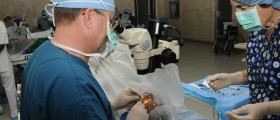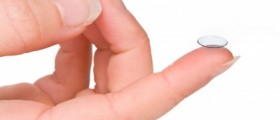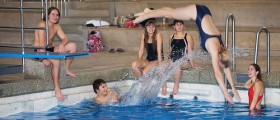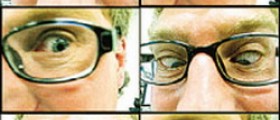
Over the years the technology has developed dramatically for the improvement of our sight. Besides the glasses and contact lenses, laser eye surgery appeared.
Types of Corrective Eye Surgery
The techniques used can differ and are called different names such as PRK, LASIK, LASEK, Intralase and Wave front. The cost can and does differ from one treatment to the next and as does the standard of the procedure. However, basically the treatment and the end result are the same. For any of the treatments you choose and/or are advised to do, you must attend a free consultation with an eye doctor as they can check for any underlying diseases prior to the surgery.
Who Can Have Laser Eye Surgery
People who wear glasses or wear contact lenses may want to opt to go to the next level and have a corrective eye surgery performed on them, however, this does not automatically qualify them for the procedure. Certain conditions may prevent you from having the procedure such as presbyopia and if you have undergone keratoplasty surgery in the past then you will not be suitable for laser eye surgery. Conditions such as amblyopia or lazy eye can be treated with eye surgery as well as astigmatisms and cataracts.
The Laser Corrective Eye Procedure
Nowadays a person has the choice as to whether to have one eye or both eyes treated in the same day. This is more to do with peace of mind than anything else. The patient will be asked to sit down whilst the surgeon applies anesthetic droplets into the eyes, this is done so they become numb. Most patients will now be asked to lay down and many practices will use an eyelid clip which is used for the purpose of stopping the patient from blinking. At this stage the surgeon will use a highly accurate tool which is called a microkeratome or is also known as a femtosecond laser, this is used to cut an exceptionally slender flap in the cornea. Once cut, the flap is folded upwards to expose the cornea, this is done so that a computer-controlled laser can contour it. The laser has a cool ultraviolet light beam to accurately take away very minute pieces of tissue from the cornea to reform it. All of this will only take half a minute to do, after which the flap that was folded up will now be placed back down and it will actually heal itself within the space of a few minutes. You will be given antibiotic drops to use.

















Your thoughts on this
Loading...